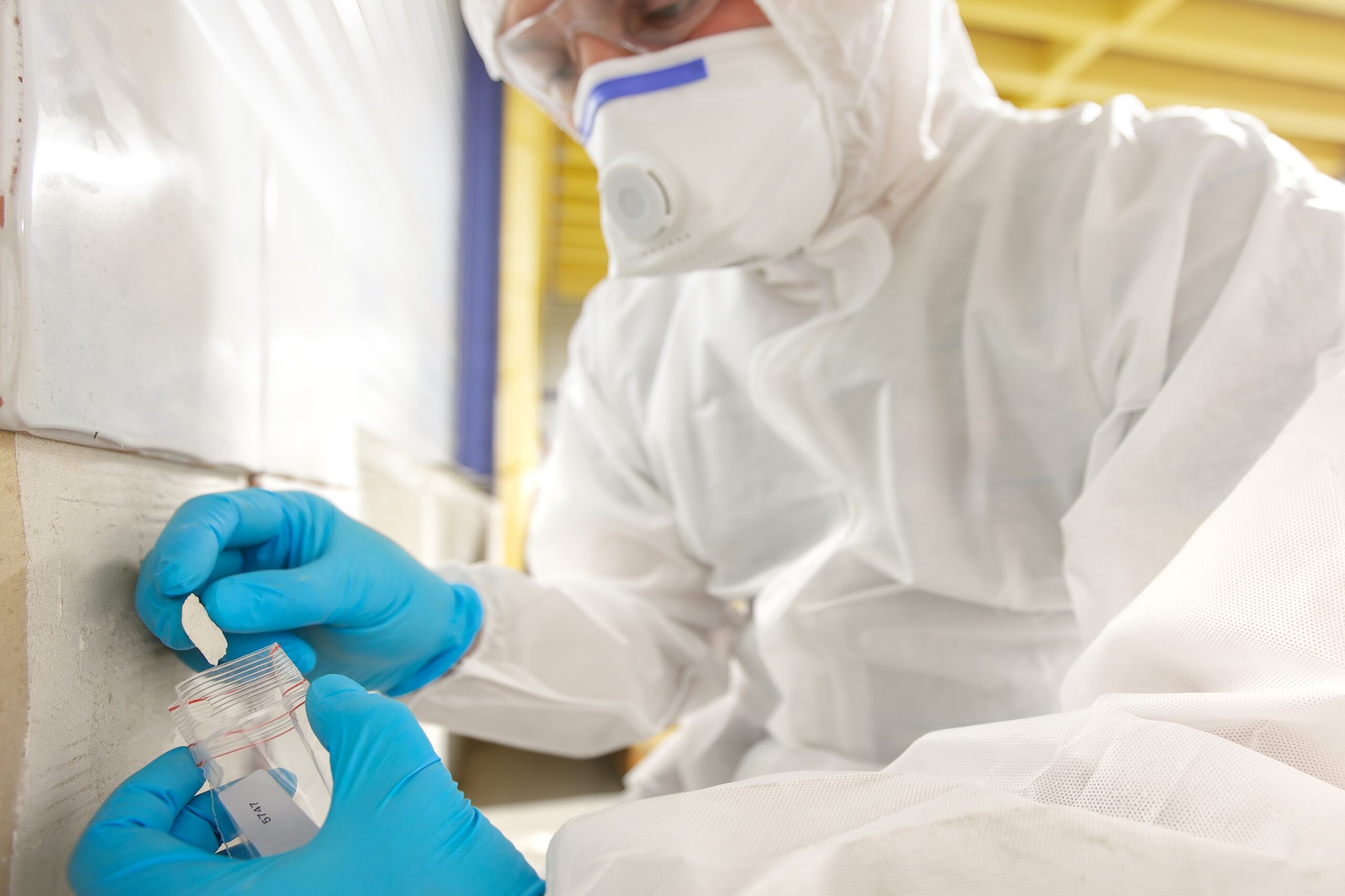
Asbestos, a naturally occurring mineral, was once hailed as a miracle material for construction. Its fire-resistant properties and durability made it a go-to choice for insulation, roofing, flooring, and other building materials throughout much of the 20th century. However, as we’ve come to understand its health implications, the conversation around asbestos has shifted dramatically.
Understanding Asbestos and Its Hazards
Asbestos becomes a health risk when its fibers are released into the air and inhaled. These microscopic fibers can lodge in the lungs and cause serious health conditions over time, including asbestosis, lung cancer, and mesothelioma. The danger arises particularly when asbestos-containing materials (ACMs) are disturbed through:
- Renovations
- Demolitions
- Aging or weathering, causing materials to become brittle
Why Intact Asbestos Can Be a Good Fire-Resistant Material
When asbestos-containing materials are left intact and undisturbed, they do not generally pose a health risk. In fact, asbestos’s fire-resistant qualities made it an outstanding material in construction. It was often used to enhance the safety of buildings and homes, particularly in areas prone to fires. Its resistance to heat and flame made it a popular choice for pipe insulation, fireproof panels, and roofing materials.
The durability and fireproofing of intact asbestos-containing materials are undeniable. However, these benefits come with a critical caveat: any disruption can turn this advantage into a health hazard. This dual nature underscores the importance of handling asbestos responsibly.
When Does Asbestos Become a Risk in Your Building or Home?
Asbestos poses the greatest risk when it is:
- Friable: Materials that can be easily crumbled by hand, such as sprayed-on insulation, release fibers more readily.
- Damaged: Cracks, breaks, or wear-and-tear in ACMs increase the likelihood of airborne fibers.
- Disturbed: Renovation or demolition projects often involve cutting, drilling, or sanding, which can release asbestos fibers into the air.
Buildings and homes constructed before the 1980s are more likely to contain asbestos. If you suspect the presence of ACMs, it’s crucial to act cautiously and avoid any activities that could disturb the materials.
Why an Asbestos Survey Is Essential
Given the potential health risks, conducting an asbestos survey is one of the smartest steps you can take. Surveys can:
- Identify the presence of asbestos in your property
- Determine the condition of ACMs
- Provide guidance on managing or removing asbestos safely
Professional asbestos surveys are critical for both residential and commercial properties, particularly if you are planning renovations or suspect the presence of deteriorating materials.
Take Action Today
Whether you’re a homeowner, property manager, or business owner, understanding the risks and benefits of asbestos is essential. While intact asbestos can provide excellent fire resistance, its potential health hazards cannot be ignored. Scheduling a professional asbestos survey is a proactive step to ensure the safety and compliance of your building.
Don’t wait until it’s too late – give the LAQ Environmental Heath and Safety team a call at 904-803-1014 or contact us today to protect your property and the people within it.


